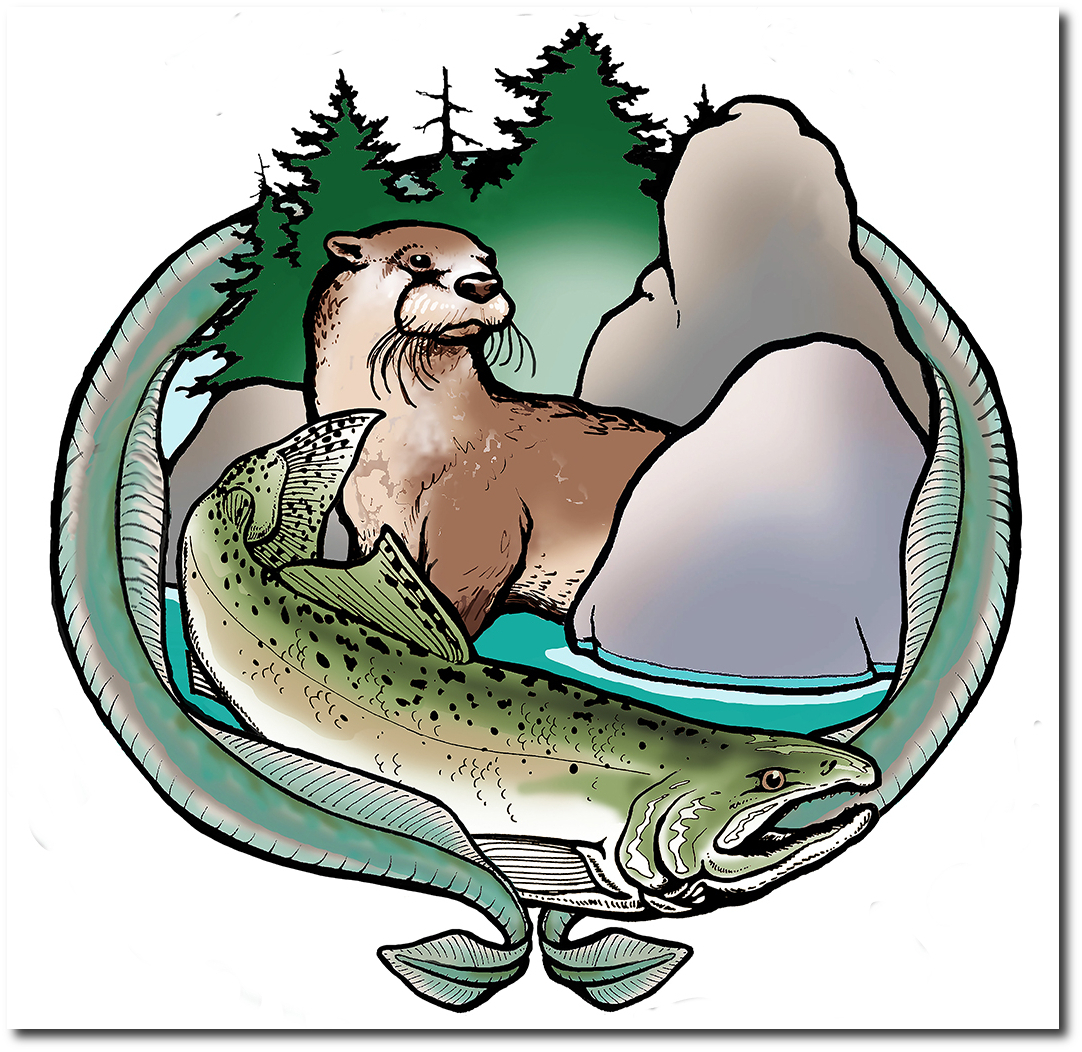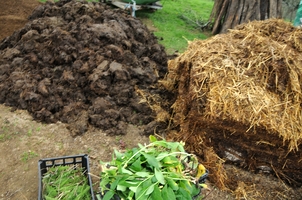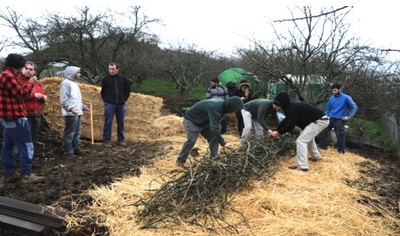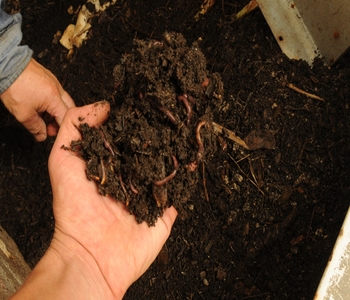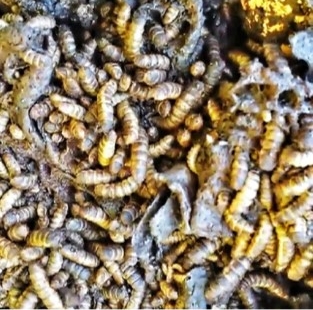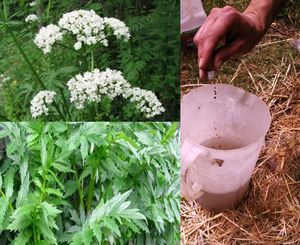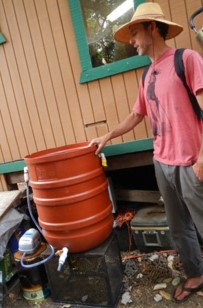Soil Building and Composting
Ingredients : Organic material from your garden or the forest can be layered with manure from your animals to form a compost. In order for the composting process to work, you must keep your pile wet, but avoid over saturation and compaction. Slide Show by Jesse Dodd Biodynamic Compost
Structure: An important element to compost pile design is to create an air space underneath so that you avoid anoxic conditions. You can roll brush or branches to create a tunnel at the base of your compost that allows air flow. This makes it so you don’t have to turn your compost
Temperature: Checking your compost temperature can tell you how it is working, as temperatures should rise considerably when composting is underway. The target temperature to kill weeds and bacteria is 160 degrees F.
See Video: Making Compost with Kyle Keegan
See Video: Living Soils with Jesse Dodd
See Video: Biodynamic Composting in Basque Country with Jesse Dodd.
Vermicompost: Worms make great compost because they are shredders. Bacteria in their intestines unlock chemical bonds in detritus that frees up nutrients available to plants. Red worms love household organic waste and can even eat cardboard and paper. Learn more from Planet Natural website. Using Worms
Mushrooms: Adding fungus to your compost improves soil structure. Their extensive system of root-like mycorrhizae intertwine with plant roots, supplying nutrients and water. Be advised that commercial mushroom compost may not be organic. See more information
Learn more about making and applying mushroom compost.
Bokashi: Bokashi is a Japanese composting technique that produces fermented organic matter. It works by using a specialized array of microbial inoculants . This method can break down protein such as manure, fish waste, or dairy waste and creates no odors. See BokashiCycle website for Bokashi Fermenting Methods Explained
Slide Show by Jesse Dodd – Bokashi
Composting protein: Soldier fly larvae can turn animal carcasses and offal into great compost with no smell. These larvae need heat so they don’t do well on the coast. The adult fly does not bite or sting.
When and where to apply: Before applying compost, make sure that decomposition is complete because immature compost can cause problems. Hot composts that are in an active decomposition phase will kill plants and may smell like ammonia, not the rich earthy smell of mature compost.
More subtle problems from use of immature compost include pH imbalance, promoting the growth of some soil pests, and proliferating bacteria competing with your plants for nitrogen.
Most mature composts can be used in most planting situations without serious concern for precise amounts. Compost is often applied at a rate of 1 to 2 inches in planting beds, which is equivalent to approximately 8 to 16 cubic feet of compost (300-600 lbs) per 100 square feet. Incorporate the compost evenly about 6 to 8 inches.
Here is an in-depth description, from Cornell University:
Using Organic Matter in the Garden
Plant Extracts: This method of fertilization has ancient origins and uses local native plants with different properties that are fermented for approximately seven days.
Young shoots of vigorously growing plants make the best fertilizer. When applied to the soil, the fermented plant juice stimulates the growth of indigenous microorganisms that then increase nutrition available to your plants.
In northern California plants used for fermenting include chamomile, stinging nettles, horsetails, yarrow, dandelion, and Valerian. Horsetail has silica and can inhibit fungus and mold growth when used as a fermented plant juice base.
Learn how from U. of Hawaii Fermented Plant Juice
See Slide Show by Jesse Dodd: Biodynamic Methods
Compost Tea: If you have a large garden and limited access to sufficient organic matter necessary to create enough compost, you can extend the benefits of your compost by making compost tea. This adds nutrients to the soil but more importantly inoculates it with living micro-organisms to optimize diversity of soil organisms that help deliver nutrients to plants and to balance soil pH.
Tea can be passively brewed over a week, or you can produce actively aerated compost ready to apply within a few hours. The latter method uses food for the micro-organisms like molasses to cause them to increase, and the aeration keeps the fermentation process from turning anaerobic.
See Video: Making Compost Tea with Noah Cornell
Compost tea can be sprayed on foliage to inhibit pests. Learn more.
